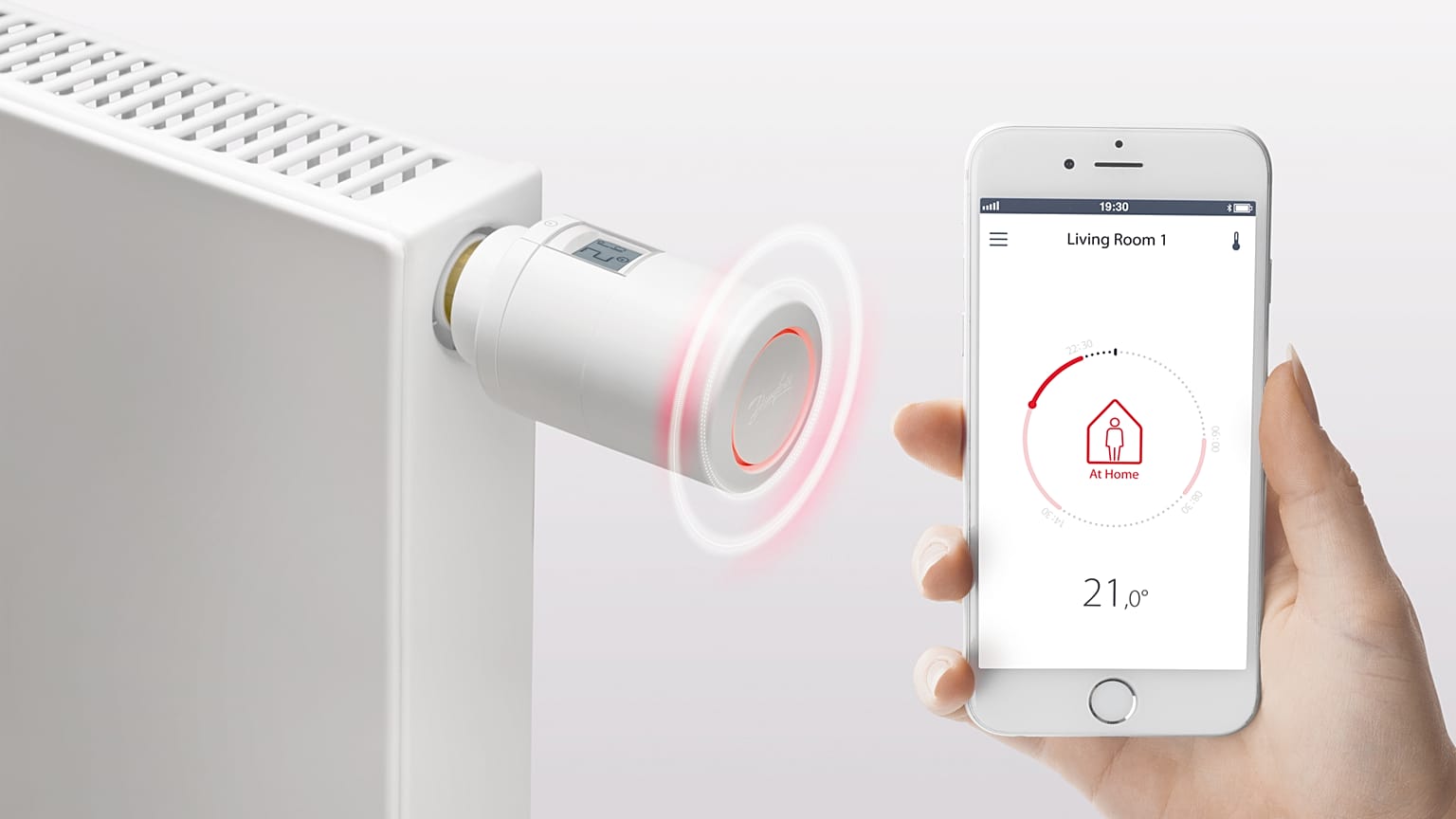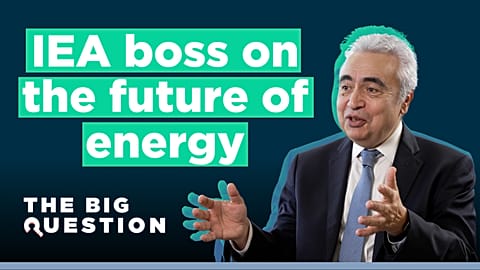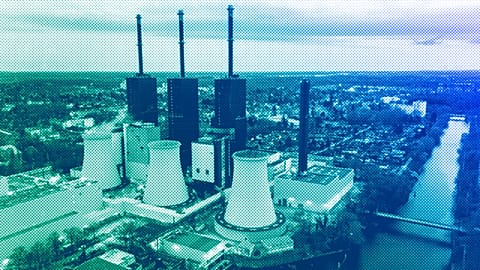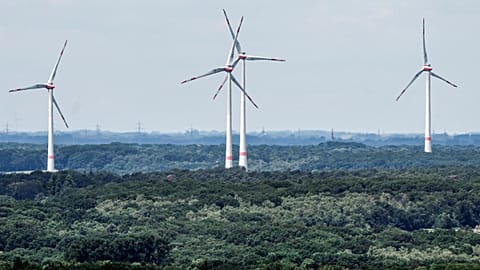You could save 7% on your electricity bill by 2030 - and 10% by 2050 - in the EU and the UK if you tweak your consumption habits, according to a new study. Here’s how to get there.
The supply of renewable energy doesn’t always match our energy consumption patterns as individuals.
For example, in the middle of the day, our households consume less energy since we’re at work. However, that’s when the sun is usually shining brightest and solar energy peaks on the grid, meaning we’re essentially missing out on the best time to use clean, cost-efficient energy.
But don’t lose heart: There are effective solutions that allow us to get the most out of greener energy sources, while significantly reducing costs.
A new study commissioned by Danfoss, a Danish multinational energy company, says timing is the key to success.
In the EU and the UK, using energy at the right time could save us €10.5 billion per year by 2030, and €15.5 billion by 2050, according to the analysis conducted in collaboration with the University of Oxford.
Our energy bills would also drop 7% by 2030 and 10% by 2050, and there would be an annual reduction of 40 million tons of carbon emissions.
And “the right time” is all about “when energy is renewable, cheap and available”, which implies “demand-side flexibility solutions,” Sofie Irgens, head of Danfoss’s climate solutions accelerator division, told Euronews.
Smart it up
Technology comes in handy here. One way of contributing to a more flexible demand is by installing smart meters, Irgens said.
A smart metering system is an electronic system capable of measuring electricity consumed from the grid, providing more information than conventional meters.
On the one hand, by accurately measuring our real-time energy use, smart meters enable us to get billed for the electricity we actually consume, putting an end to incorrect invoices.
According to the latest EU data, the solution provides average savings - shared between consumers, suppliers and distributors - of €230 for gas and €270 for electricity.
We can also use the consumption data to better manage our use by reducing it during peak hours when electricity is more expensive. Or, once again, we can leave it up to technology.
Certain software exists that calculates our heating and ventilation needs using data such as energy consumption, weather forecasts and real-time sensor reading of temperature and humidity in the house.
“When these things can be predicted, energy usage can be automated to avoid peak demand hours, when energy is most expensive and carbon-intensive,” Irgens explained.
The system would therefore optimise energy efficiency by, for example, heating our homes or charging our electric vehicle “when cheap and renewable energy is available”, she added.
Savings far exceed costs
These solutions come at a price: Installing a smart meter in the EU costs on average between €180 and €200.
However, Danfoss’s study highlights that even after the initial investment, the bloc would make savings worth billions of euros. In fact, the annual savings of €10.5 billion by 2030 and €15.5 billion by 2050 already take installation spending into account.
“It will cost far more money not to implement these types of technologies than what we will need to further invest in the traditional energy infrastructure, such as in building new power lines,” Irgens said.
In fact, in an electrified future energy system, using electricity at the right time can contribute to a 21% decrease in investments in power lines by 2050, according to the study.
“Demand-side flexibility drastically lowers the cost of investments we need to make in grid infrastructure”, Irgens said.


















